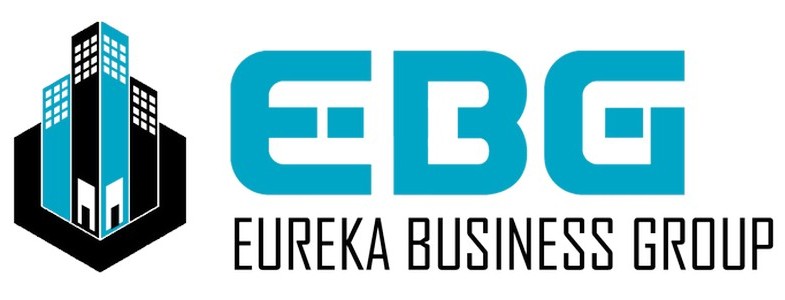- Home
- Commercial Broker Services
- Business Broker Services
- Business Owners Resources
- The True Cost of Retail Space: Hidden Expenses Every Tenant Should Know
The True Cost of Retail Space: Hidden Expenses Every Tenant Should Know
When entrepreneurs dream of opening their retail business, they often focus on the base rent as the primary expense. However, the true cost of retail space extends far beyond the monthly lease payment. Understanding these hidden expenses is crucial for accurate business planning and avoiding unexpected financial strain.
Beyond Base Rent: The Common Area Maintenance (CAM) Surprise
Common Area Maintenance charges, or CAM fees, often catch new tenants off guard. These fees cover the maintenance and upkeep of shared spaces like parking lots, lobbies, and walkways. While essential for maintaining property value, CAM charges can add 15-35% to your base rent. What’s more concerning is that these fees typically increase annually, often at a higher rate than your base rent.
Property owners calculate CAM charges differently, and some include expenses you might not expect. These can include property management fees, landscaping, security services, and even snow removal in colder climates. Before signing a lease, request detailed CAM histories for the previous three years to understand the trend and negotiate caps on annual increases.
Utilities: The Variable Cost Challenge
While some retail leases include utilities in the base rent, many require tenants to pay separately for their energy consumption. The challenge lies in accurately estimating these costs, as they can vary significantly based on:
- Your space’s energy efficiency
- Operating hours
- Equipment requirements
- Seasonal changes
- Local utility rates
Smart tenants request utility consumption histories from previous occupants or similar businesses in the area. Additionally, consider investing in an energy audit before signing a long-term lease – it could reveal potential cost-saving opportunities or expensive problems.
Insurance Requirements: More Than Just Basic Coverage
Retail lease agreements often mandate specific insurance coverage levels that exceed what many business owners initially plan for. Standard requirements typically include:
- General liability insurance
- Property insurance
- Business interruption coverage
- Worker’s compensation insurance
- Special liability insurance for specific business types
These insurance requirements can add several thousand dollars annually to your operating costs. Moreover, some landlords require tenants to name them as additional insured parties, which may increase premiums further.
Build-Out and Improvement Costs
While negotiating tenant improvement allowances is common, many retailers underestimate the total cost of preparing their space for business. Even with a generous allowance, tenants often face out-of-pocket expenses for:
- Architectural and design fees
- Permit and inspection costs
- Specialty equipment installation
- Signage and branding elements
- Technology infrastructure
- ADA compliance modifications
These improvements become particularly costly when dealing with older buildings or spaces that require significant updates to meet current building codes.
Hidden Operational Expenses
Several operational costs directly tied to your retail space can impact your bottom line:
Security deposits often equal several months’ rent, tying up significant capital at the lease’s start. Additionally, many leases require personal guarantees, which can affect your personal credit and borrowing capacity.
Maintenance and repair responsibilities vary by lease type. Triple net (NNN) leases make tenants responsible for most building maintenance, while gross leases might limit tenant obligations. Understanding these responsibilities is crucial for accurate budget planning.
Property tax pass-throughs can also surprise tenants. Many leases require tenants to pay their proportionate share of property tax increases, which can be substantial in rapidly developing areas.
Technology and Infrastructure Costs
Modern retail operations require robust technological infrastructure, including:
- Point-of-sale systems
- Security cameras
- High-speed internet
- Phone systems
- Digital signage
While these costs aren’t unique to retail spaces, the requirements for installation and ongoing maintenance can vary significantly based on your location and building infrastructure.
Planning for the Future
Understanding these hidden costs is essential for long-term success in retail. When evaluating potential locations, create a comprehensive budget that includes:
- Base rent with projected increases
- CAM charges and their typical annual growth
- Utility estimates based on historical data
- Required insurance coverage costs
- Initial build-out expenses
- Operational and maintenance reserves
- Technology infrastructure investments
Additionally, consider working with a commercial real estate attorney to review your lease agreement. Their expertise can help identify potential cost obligations and negotiate more favorable terms.
The Bottom Line
The true cost of retail space often exceeds initial estimates by 30-50% when accounting for all hidden expenses. Success in retail requires thorough due diligence and careful financial planning before signing a lease. By understanding and preparing for these hidden costs, you can better position your business for long-term sustainability and growth. Remember, the lowest base rent doesn’t always translate to the most economical option – consider the total cost of occupancy when making your decision.



